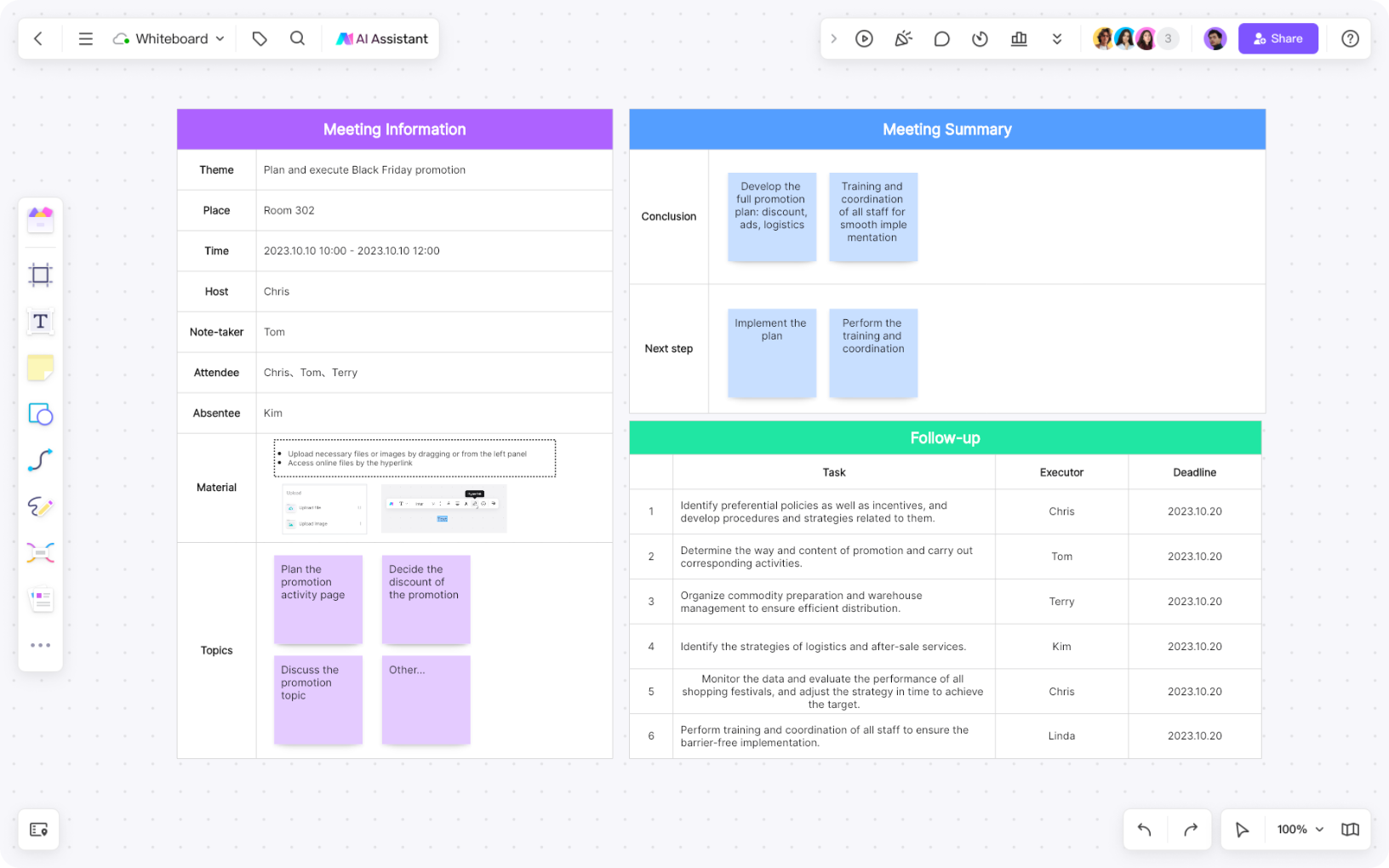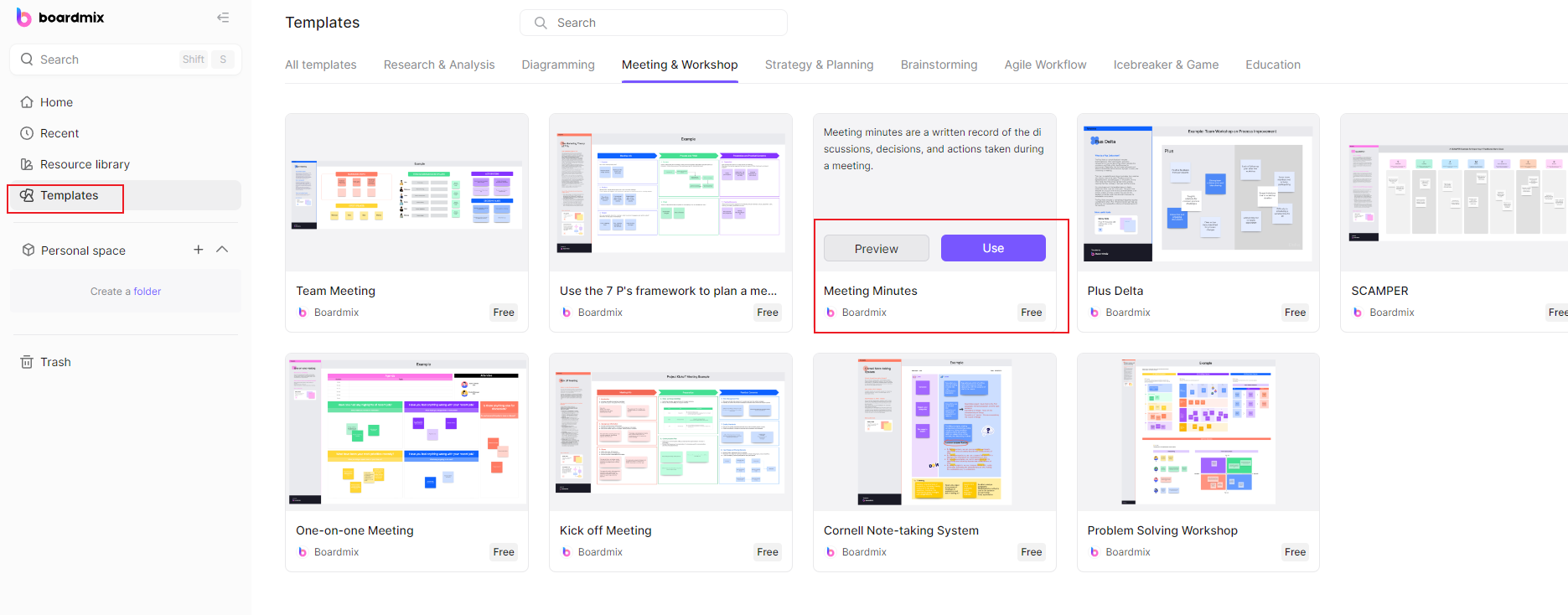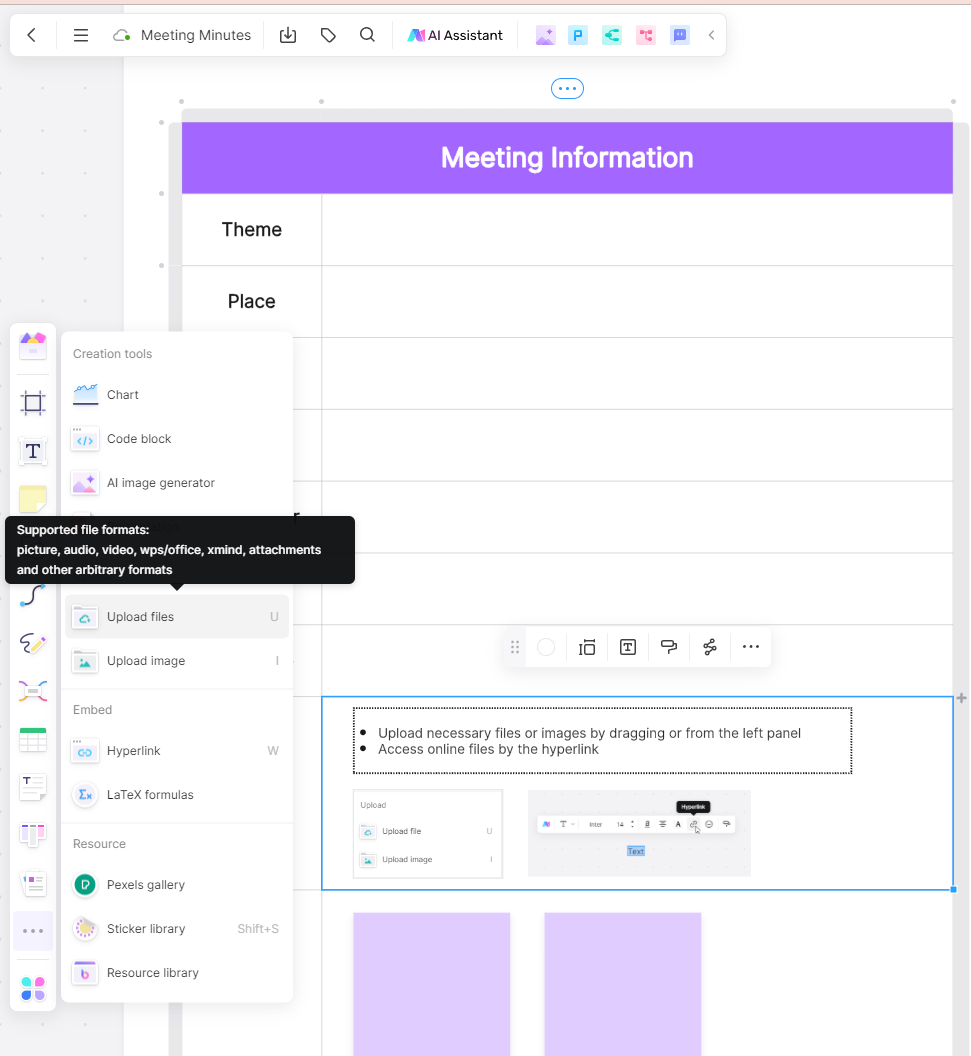In the dynamic realm of business, the ability to communicate effectively is paramount. A fundamental component of this communication process is the art of accurately and efficiently documenting meeting minutes. This comprehensive guide aims to equip you with the necessary knowledge and skills to excel in this critical task, thereby enhancing your overall business communication strategy.
Part 1. What Are Meeting Minutes?
Meeting minutes are a written or typed record of what transpires during a meeting. They serve as an official and legal document that captures key information, decisions, actions, and discussions that occur during a meeting. The minutes are typically taken by a designated individual, such as a secretary or a designated note-taker, and are then distributed to participants and other relevant stakeholders.
Part 2. What Should Be Included in Meeting Minutes?
Basic key elements of meeting minutes include date and time, attendees list, agenda items discussed, decisions made, action items assigned and deadlines set. Also, meeting minutes should include essential information to provide a clear and accurate record of what transpired during a meeting. Here is a more detailed breakdown of what should be included in meeting minutes:
- Header: Date, time, and location of the meeting; Type of meeting (e.g., regular, special, emergency).
- Attendance: List the names of attendees, including members, guests, and anyone who was invited or observed the meeting; Note those who were absent.
- Approval of Previous Minutes: Include a brief note about the approval or corrections of the minutes from the previous meeting.
- Agenda Review: Summarize the agenda items and topics discussed during the meeting.
- Discussion Points: Provide a summary of key discussions, presentations, and debates; Include any important points made by participants.
- Decisions: Clearly state any decisions or resolutions made during the meeting; Include the rationale behind decisions if applicable.
- Action Items: List specific tasks assigned to individuals or groups; Include deadlines and responsibilities; Indicate who is responsible for each action item.
- Follow-Up Actions: Note any planned follow-up activities, including future meetings or reports; Specify dates and expectations for follow-up.
- Motions and Voting Results: Document any formal motions, votes, and the outcomes; Include details such as who proposed the motion and the results of the vote.
- Open Issues: Highlight any unresolved or tabled issues that need further attention; Include plans for addressing these issues in future meetings.
- Other Business: Capture any additional topics or issues that were discussed, even if they were not part of the original agenda.
- Announcements: Include any announcements or important information shared during the meeting; Next Meeting Date and Agenda Items: Specify the date, time, and location of the next meeting; Outline any preliminary agenda items for the next meeting.
- Signature and Date: If applicable, include a space for the signature of the person responsible for preparing the minutes and the date of preparation.
Remember that the level of detail may vary depending on the nature of the meeting and organizational preferences. The goal is to create a comprehensive and accurate record that serves as a valuable reference for participants and stakeholders.
Part 3. Why Need Meeting Minutes?
Meeting minutes are essential for several reasons, and their importance extends to various aspects of organizational functioning. Here are key reasons why meeting minutes are needed:
- Documentation of Decisions: Meeting minutes provide a written record of decisions made during meetings. This documentation is crucial for accountability and ensures that decisions are clear, understood, and can be referenced in the future.
- Legal and Compliance Requirements: In many organizations, meeting minutes serve as legal documentation. They can be used to demonstrate that proper procedures were followed, decisions were made in accordance with regulations, and due diligence was exercised. This is particularly important for organizations subject to regulatory requirements.
- Accountability and Follow-Up: Meeting minutes include action items, responsibilities, and deadlines. This helps hold participants accountable for their commitments, providing a tangible record of who is responsible for what and when tasks are expected to be completed.
- Transparency and Communication: Minutes promote transparency by ensuring that information discussed in meetings is accessible to all relevant parties. This transparency fosters trust and open communication within the organization.
- Historical Reference: Meeting minutes serve as a historical reference, documenting the evolution of projects, decisions, and discussions over time. This is particularly valuable when team members change or when there is a need to review past activities.
- Efficient Meetings: Knowing that discussions and decisions are being documented encourages participants to stay focused on the agenda and avoid rehashing previously covered topics. This contributes to more efficient and productive meetings.
- Knowledge Transfer: Meeting minutes help with knowledge transfer by providing insights into the context of decisions and actions. New team members can refer to past minutes to quickly understand the organization's history, priorities, and ongoing projects.
- Avoiding Misunderstandings: Written minutes reduce the likelihood of misunderstandings or misinterpretations of what transpired during a meeting. Participants can refer back to the minutes to clarify any points of confusion.
- Strategic Planning: Meeting minutes can be valuable for strategic planning. They offer a documented overview of the organization's priorities, challenges, and decisions, aiding in the formulation of future strategies.
- Risk Management: By documenting discussions, decisions, and actions, meeting minutes contribute to effective risk management. They provide a basis for assessing the impact of decisions and identifying potential risks and mitigations.
In summary, meeting minutes are a fundamental tool for effective governance, communication, and decision-making within an organization. They provide a structured and tangible record that supports various organizational processes and functions.
Part 4. Steps to Write Meeting Minutes
Writing effective meeting minutes involves a systematic approach to capture key information accurately. Here are steps you can follow to write meeting minutes:
Pre-Meeting Preparation: Understand the agenda and objectives of the meeting beforehand. This will help you anticipate key points that need to be recorded.
Active Listening: During the meeting, focus on capturing all relevant information. This includes discussions, decisions made, action items assigned, and any disagreements or debates.
Note-Taking: Jot down key points as they occur during the meeting. It's important not to rely solely on memory as details can easily be forgotten or misremembered.
Summarizing Discussions: After the meeting, summarize each discussion point accurately in your own words. Be sure to include who said what and any decisions that were made.
Reviewing and Editing for Clarity: Go through your notes carefully after the meeting and make sure everything is clear and understandable. Remove any jargon or unclear phrases, and ensure all action items are clearly stated.
Distribution: Once you've reviewed and edited your minutes, distribute them promptly to all attendees (and anyone else who needs a copy). This ensures everyone has access to the same information and can follow up on any action items.
Part 5. Tips for Writing Meeting Minutes
Writing meeting minutes requires attention to detail, clarity, and an understanding of the meeting's purpose. Here are some tips to help you write effective meeting minutes:
- Use Clear Language: Ensure your language is clear and straightforward. Avoid jargon or complex phrases that could lead to confusion. The goal is to make the minutes easily understandable for everyone.
- Be Concise Yet Comprehensive: Strive for brevity without sacrificing detail. Capture all important points but avoid unnecessary verbosity. Remember, quality trumps quantity when it comes to minute writing.
- Structure Your Minutes: Use bullet points or numbering to structure your minutes. This improves readability and makes it easier for readers to find specific information.
- Incorporate Visuals: Where appropriate, use visuals like charts or diagrams to illustrate points more effectively. Visual aids can help convey complex information in a simpler manner.
- Proofread Before Distribution: Always proofread your minutes before distributing them. This ensures accuracy and professionalism, and helps avoid any misunderstandings due to typos or unclear phrasing.
By following these tips, you'll be able to create effective meeting minutes that serve as a valuable resource for all attendees and stakeholders involved in the meeting.
Part 6. Best Way to Take Meeting Minutes | Boardmix
Boardmix presents a groundbreaking approach to the process of recording meeting minutes effectively. With its user-friendly interface coupled with an expansive selection of templates tailored specifically for minute-taking, Boardmix simplifies the task like never before, enabling you to capture every crucial detail with precision. This innovative solution not only streamlines the process but also enhances the accuracy and efficiency of your meeting minutes, making it an indispensable tool in your business communication toolkit.
Here’s a step-by-step guide on how you can use Boardmix:
1) Sign up or login to Boardmix and go to workspace.
2) Choose Meeting Minutes template from our collection. Hover your mouse on it and then you will see the preview and use button. Click preview to view in the full screen, click Use to apply this template.
3) Use our intuitive tools to jot down notes during your meetings. Easily organize your notes into clear sections.
4) Share your completed minutes with team members directly through Boardmix.
Conclusion
In today's rapidly evolving business landscape, gaining proficiency in writing effective meeting minutes is of paramount importance. With consistent practice and the utilization of advanced tools like Boardmix, you are empowered to craft comprehensive records that not only bolster communication within your team but also optimize time and effort. This mastery over minute-taking can significantly streamline your workflow, fostering a more productive and efficient work environment.








